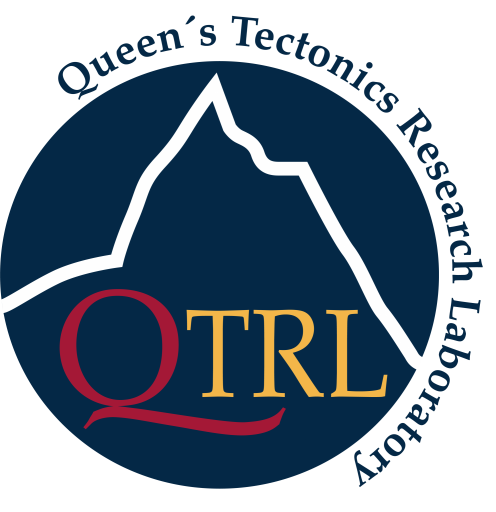 The Queen's Tectonics Research Laboratory conducts research aimed at understanding the dynamic processes operating in continent-continent collision zones, with a focus on the structural and thermal evolution of the continental crust in collisional mountain belts. Specifically, our goal is a comprehensive understanding of the 3D temporal evolution of orogenic systems including the influence of pre-collisional structural heterogeneities within the underthrusting plate.
The Queen's Tectonics Research Laboratory conducts research aimed at understanding the dynamic processes operating in continent-continent collision zones, with a focus on the structural and thermal evolution of the continental crust in collisional mountain belts. Specifically, our goal is a comprehensive understanding of the 3D temporal evolution of orogenic systems including the influence of pre-collisional structural heterogeneities within the underthrusting plate.
Our current research program investigates the interplay between preexisting crustal faults (inherited basement faults), mountain building processes, and earthquakes. To fully understand mountain-building processes, including earthquakes in and away from the active mountain front, it is imperative to clearly constrain the geometry of the colliding plates prior to mountain building. We focus on the Himalayan system because of its unrivaled preservation and recent evolution, which consequently limits tectonic overprinting and enables the distinction between Himalayan and pre-Himalayan deformation. Our research provides key links to understand basement faults in the evolution of older mountain belts, such as the Grenville, the Appalachians, and the Canadian Cordillera. Such deep-seated structures are interpreted to control earthquake ruptures, influence lateral sedimentary thickness variations and fold-thrust belt geometry, and to localize ore resources and control hydrocarbon migration through foreland sedimentary basins. In the case of the Himalayan system, such hidden geohazard controls can have tremendous repercussions for one of the most densely populated regions on Earth.
